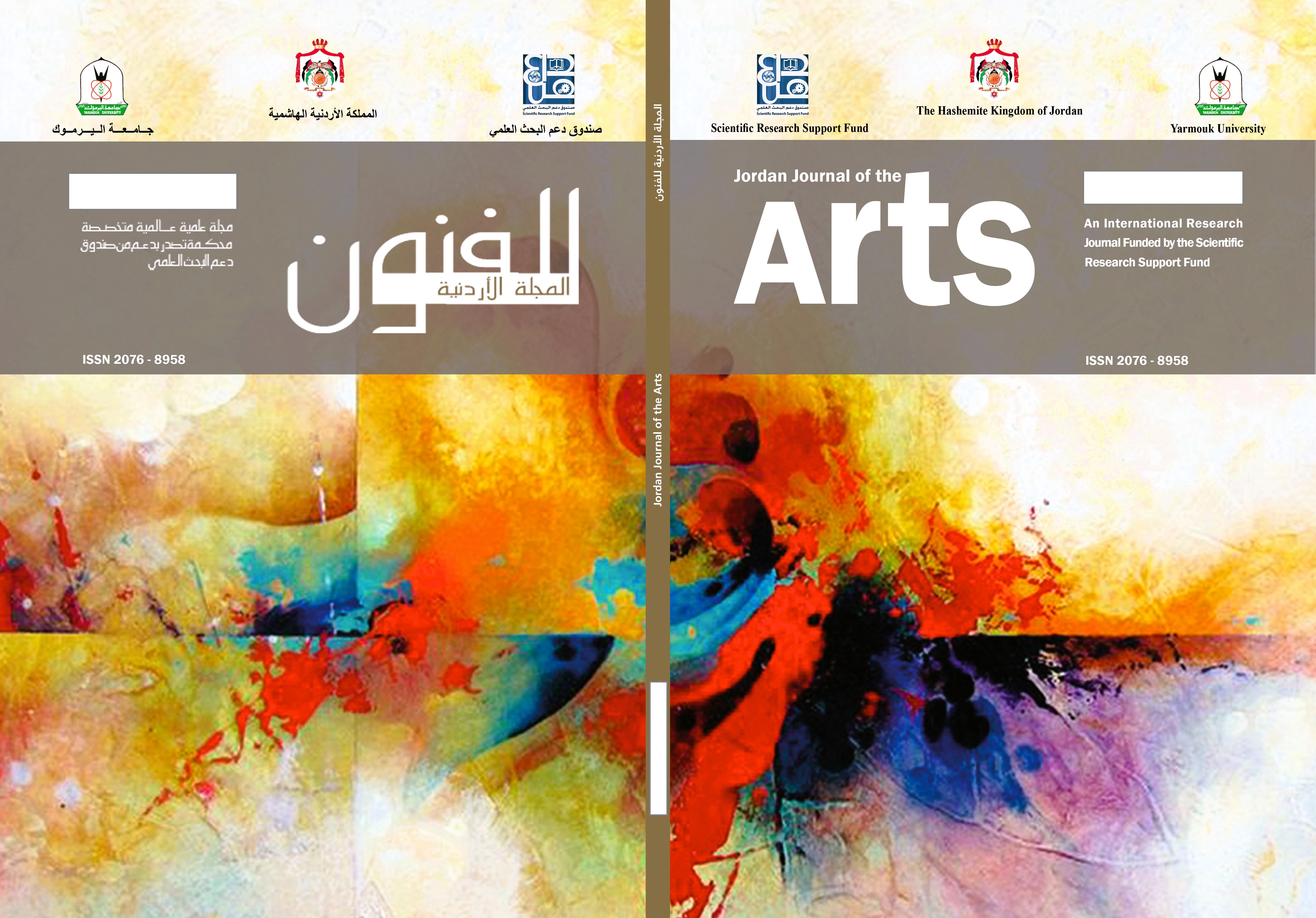The Narrative of Drawing and Painting as a Process of Thinking and Knowledge in the Movie, Painters Painting: The New York Art Scene, 1940–1970
Keywords:
Creative Process, Cognitive Psychology, Formalist Theory, Art Criticism, Narrative of Painting and Drawing, Art SceneAbstract
This research aims to explore the concept of artistic experience within the practical and intellectual framework of abstract paintings. The researcher identified a documentary film that records artists’ and critics’ aesthetic attitudes between studios, museums, and gallery. The film, titled Painters Painting: The New York Art Scene, 1940–1970,” records the reciprocal narratives between the experience of producing abstract paintings and critiquing them. Therefore, the research methodology began with a review of art criticism theories in analyzing artistic media as tools for visual creative experience, thereby enhancing the concepts and applications of the Arab artist and researcher in the fields of arts and visual media. The methodology focused on the intersections between the cognitive psychology theories and sociology, as well as the formalist theory, which employs art criticism to deconstruct the experience of creativity. The application and theorizing coincide during the creative process, from the stage of working in the artist’s studio to the stage of presenting the artistic experience to the public. This research analyzes an essential stage in the transformation of visual intelligence within postmodern contexts. As a qualitative result, the significance of this research lies in studying the relationship between art and the development of creative media within the semiotics of abstraction in visual arts. The conclusion of the research is based on an interconnected relationship between theory and application in the fields of visual arts within the framework of concepts of the creative process, perception/cognitive theory and formalism. Additionally, the significance of this research paper is that it explores the methods of utilizing the film’s content to raise public and community awareness about visual arts in terms of the aesthetic critics’ position, in conjunction with the creative artist’s position or attitudes. This enhances artistic culture in societies that lack art education, museums, and institutions that support and sponsor art.


